Review for The Cabinet of Dr. Caligari
This is what we want. Classic and essential film releases cleaned up to within an inch of their life, delivered in full HD with a bunch of really illuminating contextual extras. A definitive edition.
The only minor gripe for some may be the score, actually very good but by its very nature not definitive – how could it be when this was a silent picture and relied to a large degree on the vagaries of the house piano player? But more on that later.
I just wanted to get these points across in this review early because ‘Caligari’ is a film that needs little introduction to the cinephile and I’m guessing the burning question from any reader is likely to be - is it worth upgrading from an existing edition? I should cocoa. Indeed, even though the film is freely available online and in many ultra-cheap copyright free DVD editions to date, the answer is an emphatic yes. This is by far the best version you will have seen in your life-time.
So with that out the way, on with the review.
It’s difficult to under-estimate the influence of ‘Caligari’ on all that followed. Made in 1919 (and released in 1920) it was a wildly creative, completely left-of-field affair that left much made before it look staid and static. It was almost certainly one of the first to establish so fully the expressionist style which was a feature of so many films that followed.
Even its narrative is slightly un-hinged, where nothing is what it seems and where madness and sanity are almost entirely interchangeable.
At a local carnival in a small German town, hypnotist Dr. Caligari presents the somnambulist Cesare (Conrad Veidt) who can predict the future of all who dare ask. But at night, the doctor wakes Cesare from his sleep to enact his evil bidding – which includes murder.
Dr. Caligari himself, as a character, probably set the template for all mad scientists that followed whilst the Cesare, with his haunting zombie-like demeanour, must have an enormous influence on browning’s Frankenstein in particular.
The film's painted jagged sets, swirling artwork, dark shadows and claustrophobic perspectives make every still from this film an almost perfect candidate for a movie poster (see those above and below although virtually every frame of this film has been artfully thought through and designed to maximise impact).
I hadn’t really registered that the film also runs in flash-back, possibly the first use of that in cinema too? Whatever the case, it’s use of close-up reaction shots and it’s inventive direction must have seemed incredibly sophisticated at the time of its release.
The score here is, for the most part, entirely sympathetic to the film and really top-notch though I wavered about removing a point from this review for the sequence where Cesare is about to murder a girl – the music here in no way reflects the sinister atmosphere created and oddly would have sounded more at home in ‘Hector’s House’. Providing a variety of scores would have been the only way to have improved this almost perfect edition of the film for me. (Bill Nelson’s 1981 sound track would have been good – I’m sure he wouldn't have objected!).
The dual format pack comes with a DVD and Blu-Ray (odd that but I suppose intended to not put off those who have not yet made the jump to Blu-Ray) as well as a nicely designed, informative 44 page booklet.
The special features, when combined, offer a depth of contextual analysis that is utterly fascinating, especially when putting the film in historic context. Germany had lost the Great War some three years earlier, as well as countless young men in a war where all previous morality and fair-play was lost. But these were the desperate years in-between that war and the rise of Hitler and Nazi-ism. There was a lot of soul-searching and philosophising afoot and there is no doubt that ‘Caligari’ can be seen as a critique of much of what had befallen the nation both in terms of general atmosphere but also in terms of the hopelessness of the collective psyche. Without spoiling the film, it’s possible that the lunatics really are running the asylum and in a few very short years that was unarguably going to be the case.
The audio commentary provided by film historian David Kalat is superb. Striking the right balance between being informative and entertaining, I found it almost as compelling as the feature itself. Surely an essential watch for any serious student of German cinema of this period.
Next up is an excellent 52 minute documentary featurette entitled "Caligari: The Birth of Horror in the First World War" which sets the film into its cultural and historical context by way of period footage, expert commentary and extracts from this and other related feature films.
David Cairns’ so-called video essay "You Must Become Caligari" is somewhat shorter, and a lot of fun, as he posits his opinions about the importance and influence of the film.
There are three short sequences on the fastidious restoration of the film; impressive though a little dull compared to everything else unless the science of cleaning up ancient films is of interest to you.
Finally, there is a trailer for this new edition which you can view in this review, albeit on You Tube.
If you’re a fan of cinema, and of horror films in particular, then treat yourself to this superb edition. You’ll be amazed how enjoyable cinema from almost 100 years ago can be.
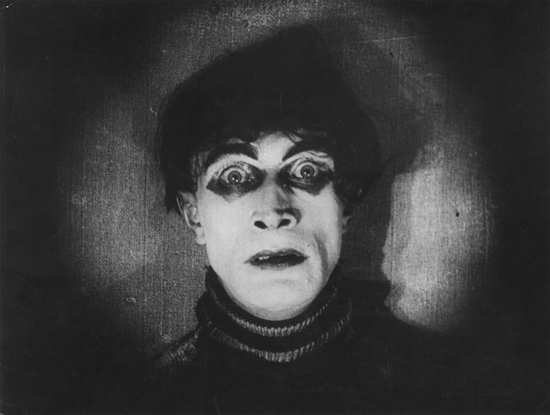
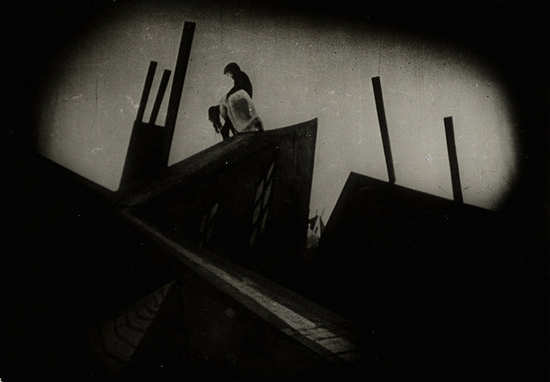
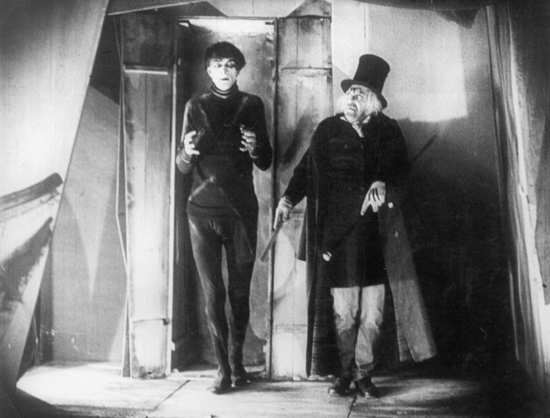
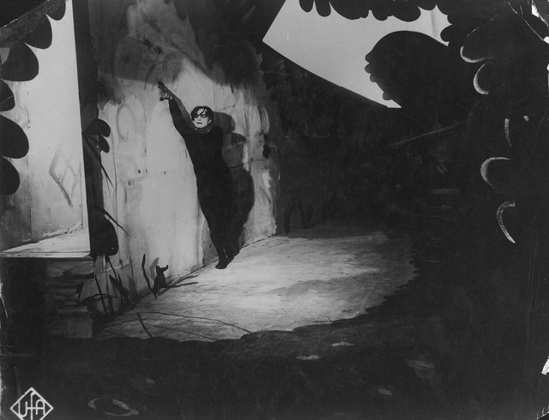

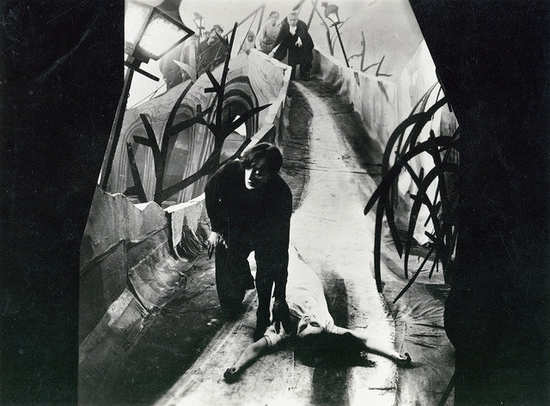
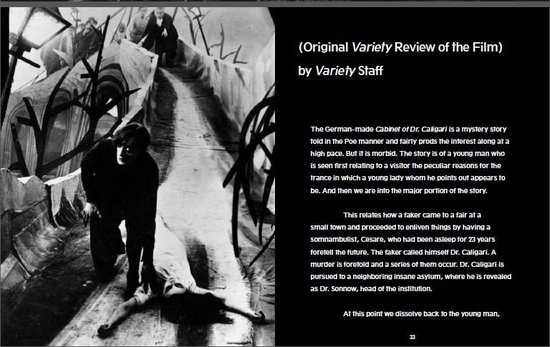
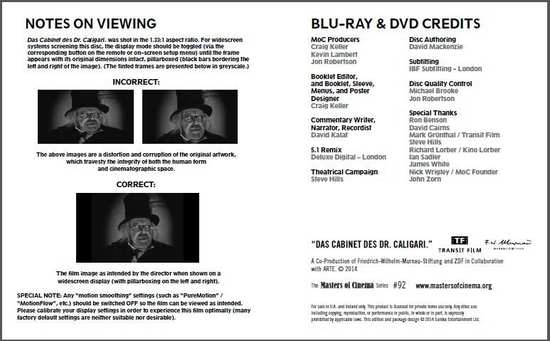
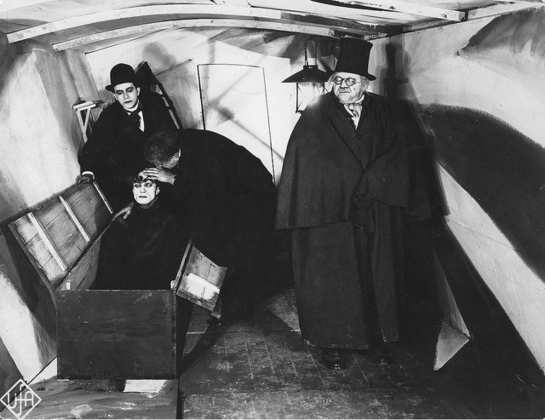
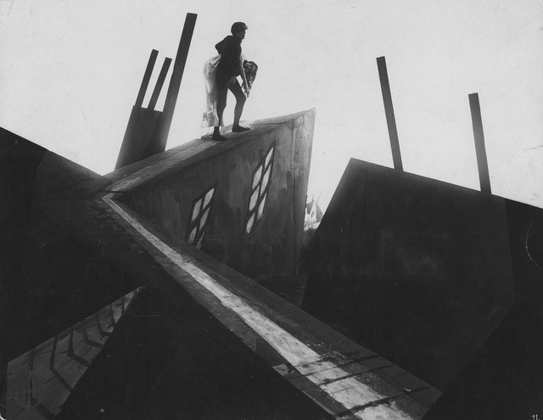
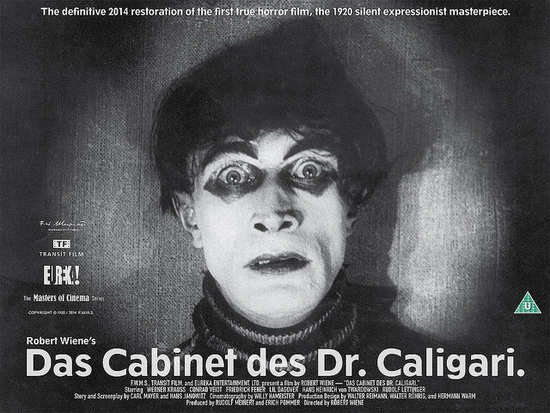
Your Opinions and Comments
Be the first to post a comment!